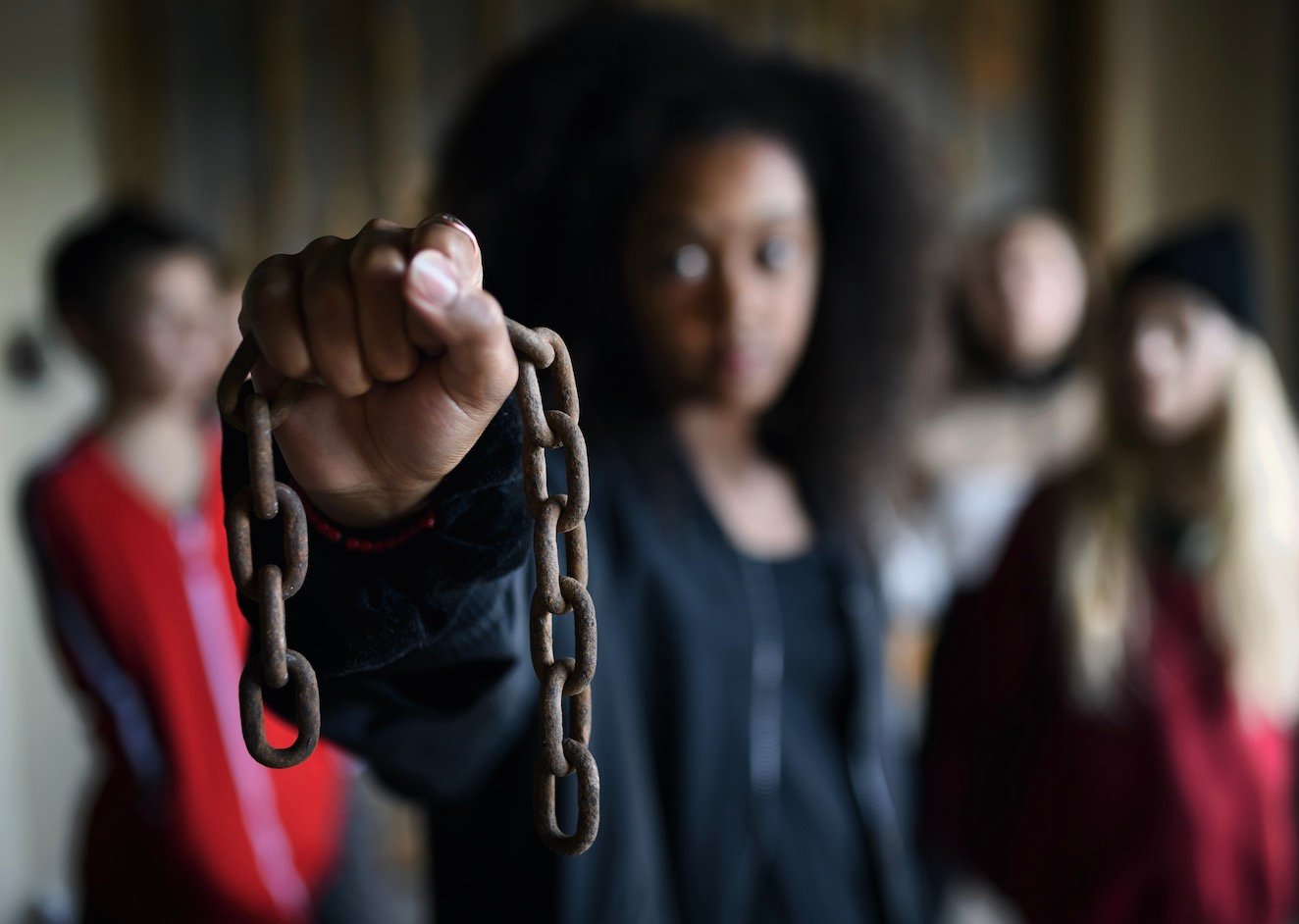What are the legal frameworks and international conventions aimed at combating modern slavery?
The legal frameworks and international conventions aimed at combating modern slavery include the Slavery Convention (1926) and its Supplementary Convention (1956), the Universal Declaration of Human Rights (1948), the International Covenant on Civil and Political Rights (1966), and the UN Protocol to Prevent, Suppress and Punish Trafficking in Persons (2000), commonly known as the Palermo Protocol. National laws like the US Trafficking Victims Protection Act (2000), the UK Modern Slavery Act (2015), and the French Duty of Vigilance Law (2017) also play crucial roles. Additionally, regional agreements such as the Council of Europe Convention on Action against Trafficking in Human Beings (2005) and the African Union’s Ouagadougou Action Plan (2006) support these efforts at a regional level. These instruments collectively establish legal standards, define offenses, and outline measures for prevention, protection, prosecution, and international cooperation against modern slavery.
Various legal frameworks and international conventions are specifically designed to combat modern slavery, aiming to prevent forced labor, human trafficking, and other forms of slavery-like exploitation. These instruments provide the foundation for national and international efforts to eradicate modern slavery by establishing legal standards and obligations for governments and organizations.
International Conventions
Several key international conventions lay the groundwork for global efforts against modern slavery:
- The Slavery Convention (1926) and the Supplementary Convention on the Abolition of Slavery (1956): These are among the earliest frameworks aimed at eradicating slavery and the slave trade in all forms. The 1956 Supplementary Convention expanded the definition to include practices similar to slavery, such as debt bondage, serfdom, and forced marriage.
- The Universal Declaration of Human Rights (1948): This pivotal document asserts that no one shall be held in slavery or servitude, and that slavery and the slave trade shall be prohibited in all their forms.
- The International Covenant on Civil and Political Rights (1966): This treaty reinforces the prohibition of slavery and slave trade and requires parties to take effective measures to abolish these practices.
- The United Nations Protocol to Prevent, Suppress and Punish Trafficking in Persons, Especially Women and Children (2000), part of the UN Convention Against Transnational Organized Crime: Often referred to as the Palermo Protocol, it provides a specific framework for combating human trafficking, defining human trafficking broadly and detailing measures for its prevention, prosecution, and victim protection.
National Legal Frameworks
Countries typically incorporate international conventions into their national legislation and may also enact specific laws to address modern slavery:
- The United States’ Trafficking Victims Protection Act (2000): This act provides tools to combat trafficking in persons, both internationally and domestically. It establishes human trafficking and related offenses as federal crimes with severe penalties.
- The UK’s Modern Slavery Act (2015): This is a critical piece of legislation that consolidates and simplifies previous laws related to trafficking and slavery. It requires businesses to report on slavery and human trafficking in their supply chains.
- The French Duty of Vigilance Law (2017): This law mandates large companies to establish and implement a vigilance plan that prevents human rights abuses, including forced labor and human trafficking, within their operations and supply chains.
Regional Efforts
Regional bodies also contribute to the legal frameworks combating modern slavery:
- The Council of Europe Convention on Action against Trafficking in Human Beings (2005): This convention promotes the protection of human trafficking victims and the prosecution of traffickers within Europe.
- The African Union’s Ouagadougou Action Plan to Combat Trafficking in Human Beings, Especially Women and Children (2006): This plan encourages African nations to take comprehensive measures against human trafficking.
Each of these frameworks and conventions represents a step towards eradicating modern slavery. They offer a blend of prevention, protection, and prosecution strategies, emphasizing both the rights of individuals and the responsibilities of states and businesses to combat slavery effectively.
Did You See These?
- SAPS Code of Conduct Summary
- Why is the Bantu Education Act Interesting and Important to Know?
- Is Recording a Conversation Legal in South Africa?
- Difference Between Legal and Illegal Drugs with Examples
- Why South Africa is Referred to as a Democratic Country?
- The Importance of an Independent Judiciary in Democracy: South Africa
- How Posting or Forwarding Humiliating and Offensive Material Online Can Affect You
- South African Laws Protecting Citizens Against the Violation of Human Rights in Unsafe Living Environments
Disclaimer
The content presented on this website was originally created by the team at Legal Advice. All information related to legal firms and legal matters is based on "User Submitted Data", and or publicly accessible data available from more than one online sources. Should you have any concerns or disputes about the information provided, please feel free to reach out to us at hello@legaladvice.org.za.

